Breadcrumb
News archives

Blue Technology Gets a Major Showcase at Oceanology International Americas Conference
Scripps Oceanography scientists and leaders to feature ocean technology and startBlue accelerator throughout conference and exhibit
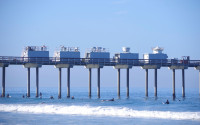
Scripps Pier, UC San Diego Mount Soledad Facility to Host Coastal Marine Cloud Study
Year-long field campaign launches Feb. 15 to study the marine clouds that shade and cool the earth
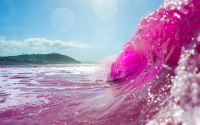
Pink Dye Experiment to Reveal Mysteries of Coastal Ocean Dynamics
Scripps Oceanography-led PiNC experiment uses non-toxic pink dye and a suite of instruments to study the coastal zone where a river meets the ocean
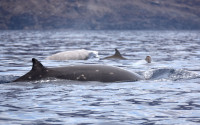
Ultrasonic Antifouling Devices Found Damaging to Whales
Study of Cuvier’s beaked whales off Mexico’s Guadalupe Island led to discovery
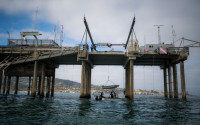
Scripps Oceanography, Pacific Northwest National Laboratory Join Forces to Pursue Common Interests
Partnership to advance collaborations ranging from marine and offshore wind energy to ocean and climate technology R&D
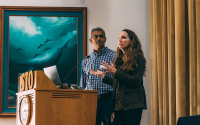
UC San Diego Announces Second Cohort for Blue Economy Accelerator
Six new startups tackle ocean challenges in StartBlue program
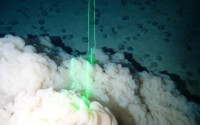
Study Gives New Insights into Nature of Deep-Sea Sediment Plumes
MIT-Scripps Oceanography team finds that sediment stirred up stays relatively close to seafloor
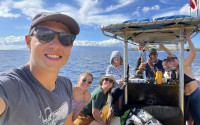
Another Year, Another Maui Trip!
Scripps Oceanography students monitor long-term changes in coral reef health
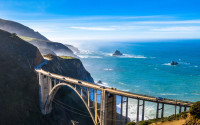
New High-Resolution Study on California Coastal Cliff Erosion Released
Website presents details on state’s continually changing coastline
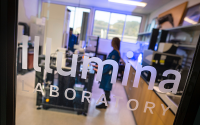
Illumina Supports Enhanced Genomics-Enabled Discovery and Training Programs at UC San Diego
New laboratory automation technology will advance marine biomedical research, preparing students for biotech and genomics workforce
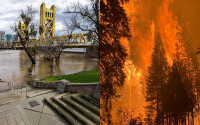
More Evidence that California Weather Is Trending toward Extremes
Patterns associated with wildfires increasing in frequency, those linked to “normal” rainfall decreasing

Russ E. Davis: 1941-2022
Inventive engineer transformed studies of ocean’s role in climate and upper-ocean dynamics
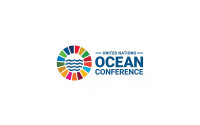
Ocean Observing, Island Nation Collaboration Top Agenda for Scripps at UN Ocean Conference
Event beginning June 26 will address crisis facing global oceans
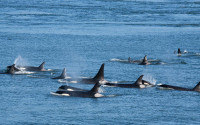
A New Way to Differentiate Orca Whale “Cultures” through Audio Recordings
The lifestyles of three types of orcas revealed through their clicks and whistles
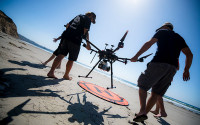
As California Cliffs Erode, UC San Diego Team Works to Track and Understand these Changes
Advanced imaging and geotechnical technology powering understanding of our coastline and its hazards

UC San Diego Receives $7.35 Million in Federal Community Project Funding
Federal funding will aid ocean dumpsite and cliff erosion research, and improve telehealth offerings
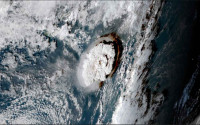
Tonga Tsunami a Reminder of Need for Better Global Detection Network
International effort to deploy new technology could greatly improve warning systems
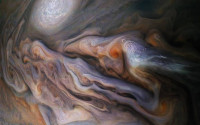
Ocean Physics Explain Cyclones on Jupiter
Images from NASA satellite of polar cyclones on Jupiter allow scientists to study the forces that drive them
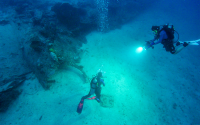
Scripps Oceanographers Featured in New Documentary on Project Recover
“To What Remains” has national premiere on Dec. 8
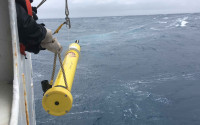
Climate Change is Making One of the World’s Strongest Currents Flow Faster
A change in the Southern Ocean, the region absorbing the most human-induced warming globally, is detected by new technology
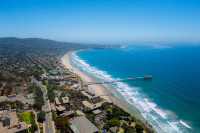
UC San Diego Announces Teams for Blue Tech Accelerator
Eight new San Diego startups are tackling ocean challenges in startBlue Program
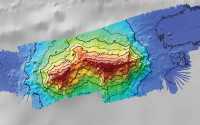
Seamount Named for Iconic Scripps Oceanographer Walter Munk
The new Munk Guyot southwest of Hawaii was mapped by research vessel Sally Ride in 2019
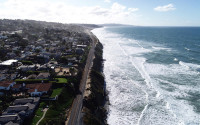
Scripps Receives $2.5 Million to Lead New Coastal Cliff Research
Scientists hope to get better understanding of cliff failures, could lay groundwork for future alert system
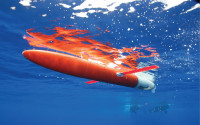
NOAA Awards More Than $7 million for California Ocean Observing
Southern California Coastal Ocean Observing System at Scripps Oceanography among nationwide research groups awarded

Scripps Oceanography Researcher Receives Young Investigator Award
Office of Naval Research award will support Sophia Merrifield's work on robotic systems
Pagination
Sign Up For
Explorations Now
explorations now is the free award-winning digital science magazine from Scripps Institution of Oceanography. Join subscribers from around the world and keep up on our cutting-edge research.